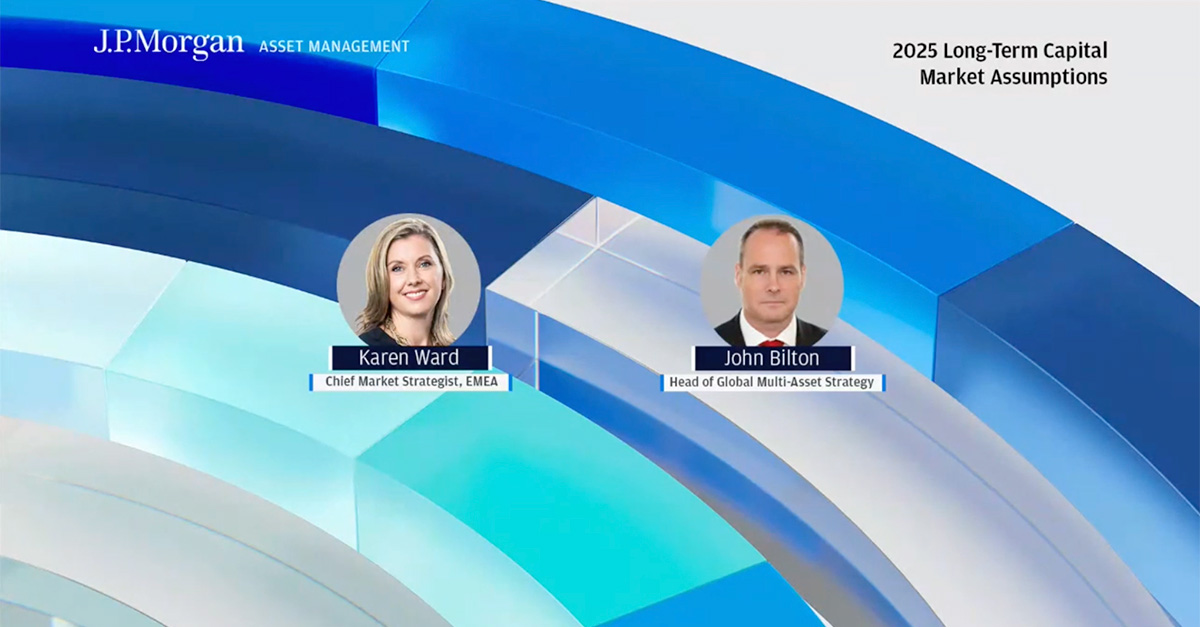Projections for stronger portfolios
Our assumptions see attractive real return potential, while differentiation across assets provides a richer hunting ground for active investors.
Matrices
Our expectations for returns, volatilities and correlations.
The assumptions are not designed to inform short-term tactical allocation decisions. Our assumptions are carefully built and calibrated to aid investors with strategic asset allocation or policy-level decisions over a 10- to 15-year investment horizon.
Download Excel and PDF matrices by currency
2025 Long-Term Capital Market Assumptions virtual event
Watch the replay
Higher starting points, healthier foundations
Karen Ward and John Bilton dive into the key findings from our 2025 Long-Term Capital Market Assumptions. The themes include the shift from government austerity to fiscal activism, the impact of the move towards economic nationalism and the benefits of artificial intelligence for the wider economy.

Download this year's Long Term Capital Market Assumptions report
